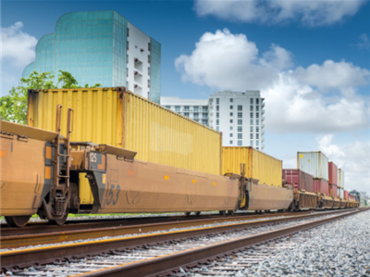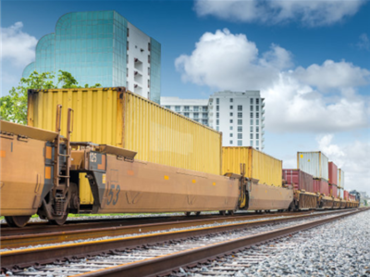
In-depth Look At The Comprehensive Guide to Rail Freight
Rail freight, also known as freight train or goods train, is a critical mode of transport for goods and materials. It has played a significant role in the development of economies worldwide, enabling trade and industry to flourish.
History of Rail Freight
The history of rail freight dates back to the early 19th century with the advent of the steam locomotive. The ability to move large quantities of goods over long distances revolutionized trade and industry, leading to rapid industrialization.
1.Types of Rail Freight
Bulk Freight
Bulk freight trains transport large quantities of a single type of good, such as coal, grain, or minerals. These trains often consist of dozens of identical cars.
Intermodal Freight
Intermodal freight trains carry goods in standardized containers that can be transferred to other modes of transport, such as ships or trucks. This flexibility makes intermodal freight a popular choice for international trade.
2.Advantages of Rail Freight
Efficiency
Trains can carry large quantities of goods over long distances with minimal fuel, making rail freight one of the most energy-efficient modes of transport.
Cost-Effective
While the initial investment in rail infrastructure can be high, the cost of transporting goods by train is often lower than by road or air, especially for bulk goods and long distances.
Environmentally Friendly
Trains emit less carbon dioxide per ton of freight transported than trucks, making rail freight a more environmentally friendly option.
3.Challenges and Future of Rail Freight
Despite its advantages, rail freight faces several challenges, including competition from road transport, regulatory hurdles, and the need for significant infrastructure investment. However, with the growing emphasis on sustainability and efficiency, the future of rail freight looks promising.
Rail freight has played a pivotal role in shaping the global economy. Despite facing numerous challenges, it continues to be a vital mode of transport, offering a cost-effective, efficient, and environmentally friendly solution for moving goods.






Leave a comment